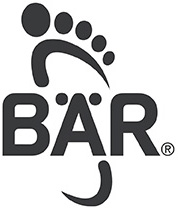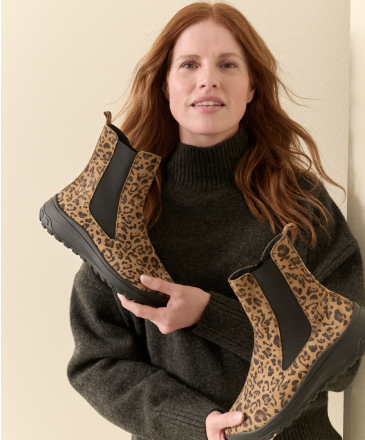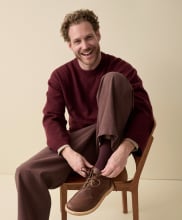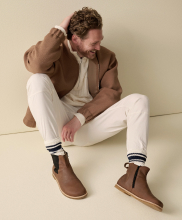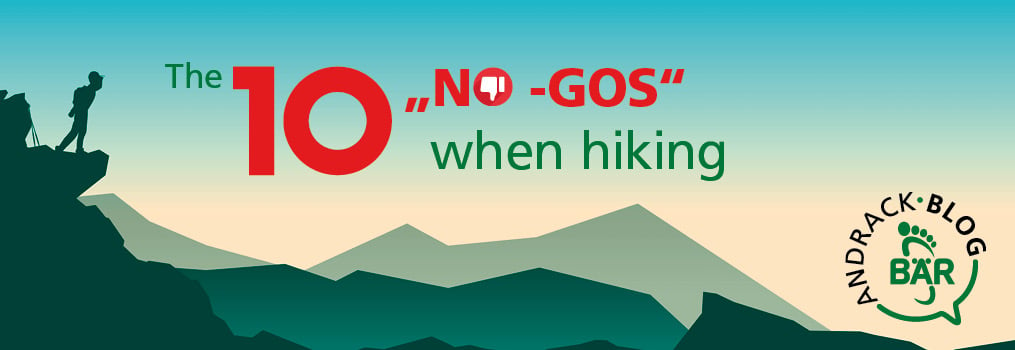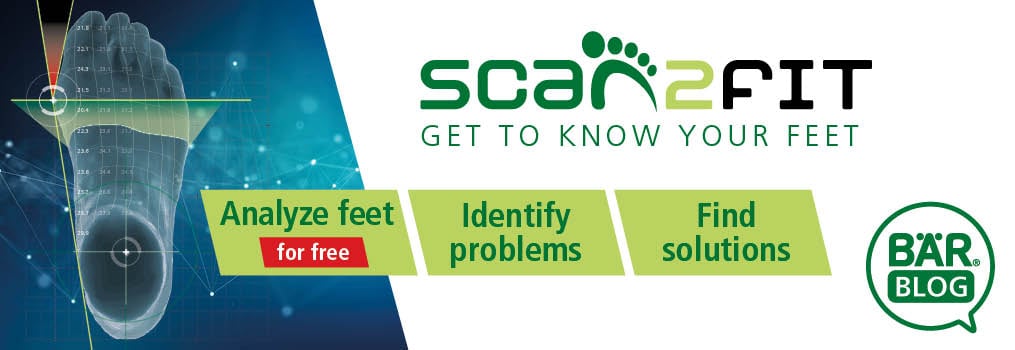Hiking, trekking, walking

Exclusive tips from Dr. Norbert L. Becker
You've probably already read it: "It's BÄRgauf!"
What should you bear in mind to stay healthy and make it a pleasure to get outside again?
Any form of exercise in fresh air and in nature activates the heart and circulation, strengthens our immune system and makes us feel better.
Many people are rediscovering 'hiking', with a rucksack and sturdy shoes or in the form of 'Nordic walking' with two poles and rather light shoes or in its modern form as 'trekking', equipped with modern functional clothing and outdoor or trekking shoes.
Feet and shoes
The right shoes are the most important piece of equipment for walking off-road. The shoe protects our feet. The myofascial system and the sensors of the foot are essential for safe movement, especially on uneven ground or steep terrain.
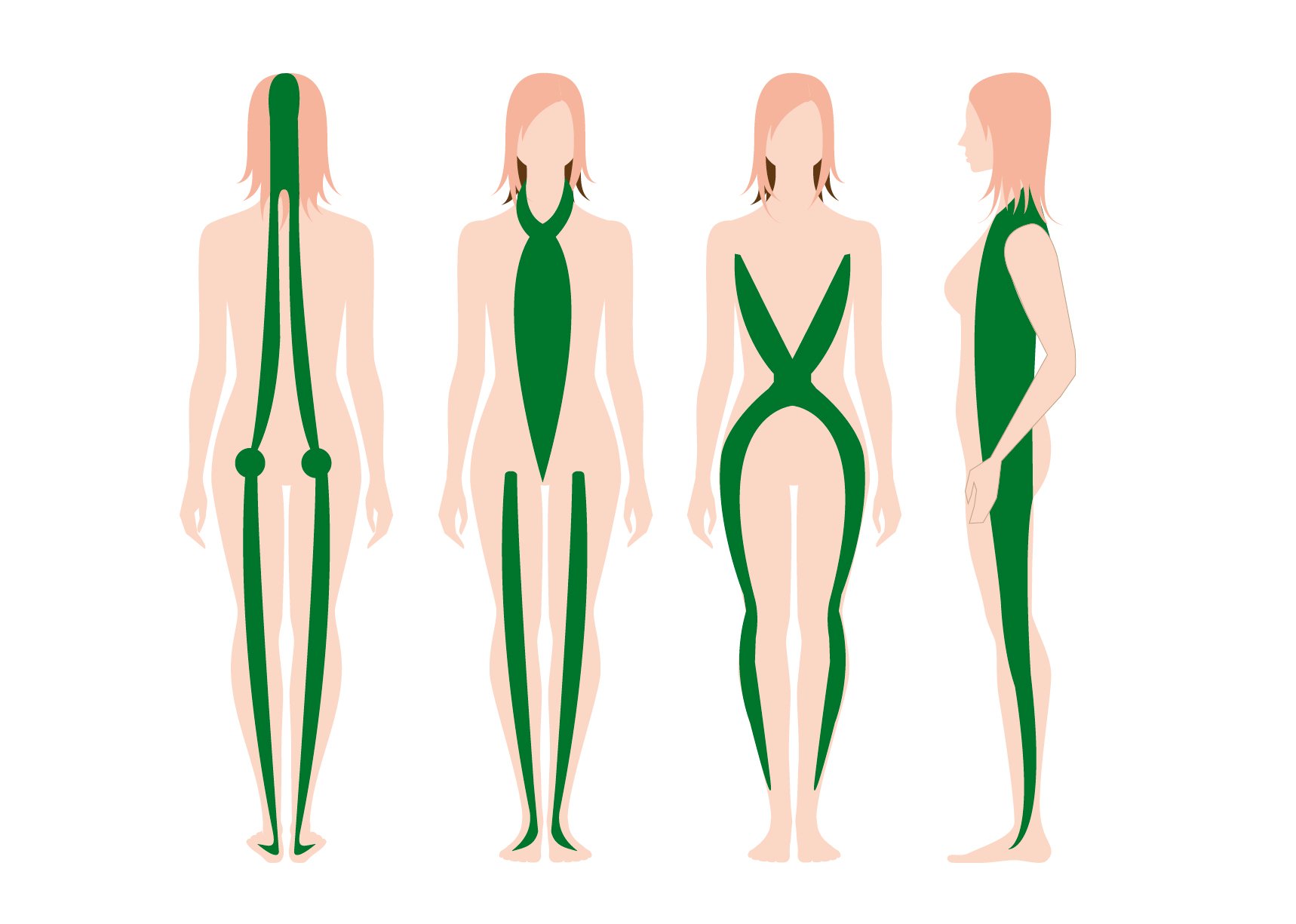
The trekking shoe is an all-rounder, a shoe with good stability for sure-footedness, even off the trail, but also with sufficient flexibility for long distances.
In any case, the shoe must fit! The inside of the shoe must be long enough to ensure that the foot has enough room when rolling and, above all, when walking downhill. Sufficient width and instep height are prerequisites for a correct and comfortable fit.
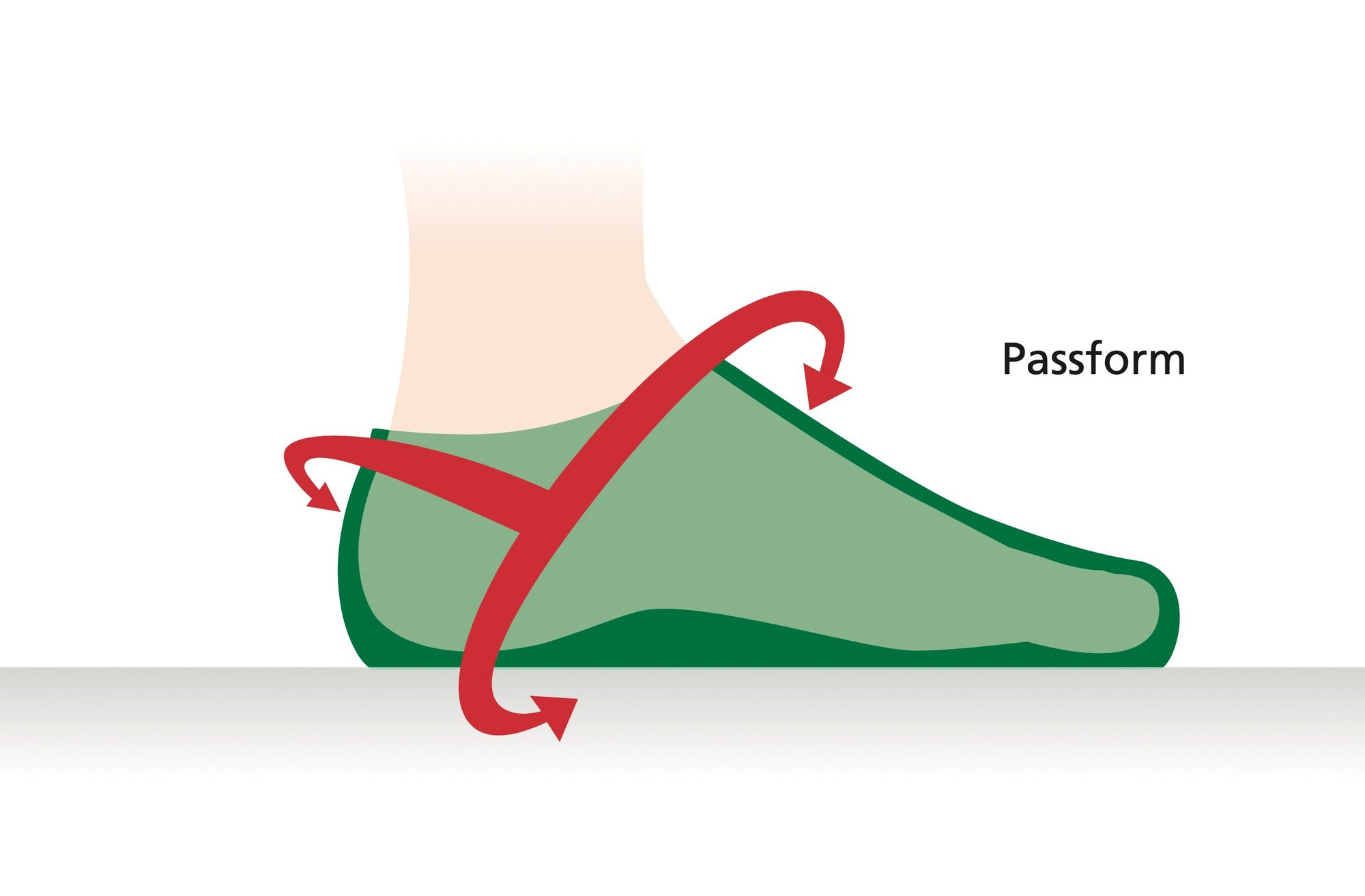
A good hiking and trekking boot must offer the forefoot sufficient freedom of movement and support at the same time. This is also ensured by good lacing. The lacing should primarily enclose and hold the 'tarsus', i.e. the heel and lower ankle joint. The foot is thus well centered in the shoe so that the heel does not slip and rub against the heel cap.
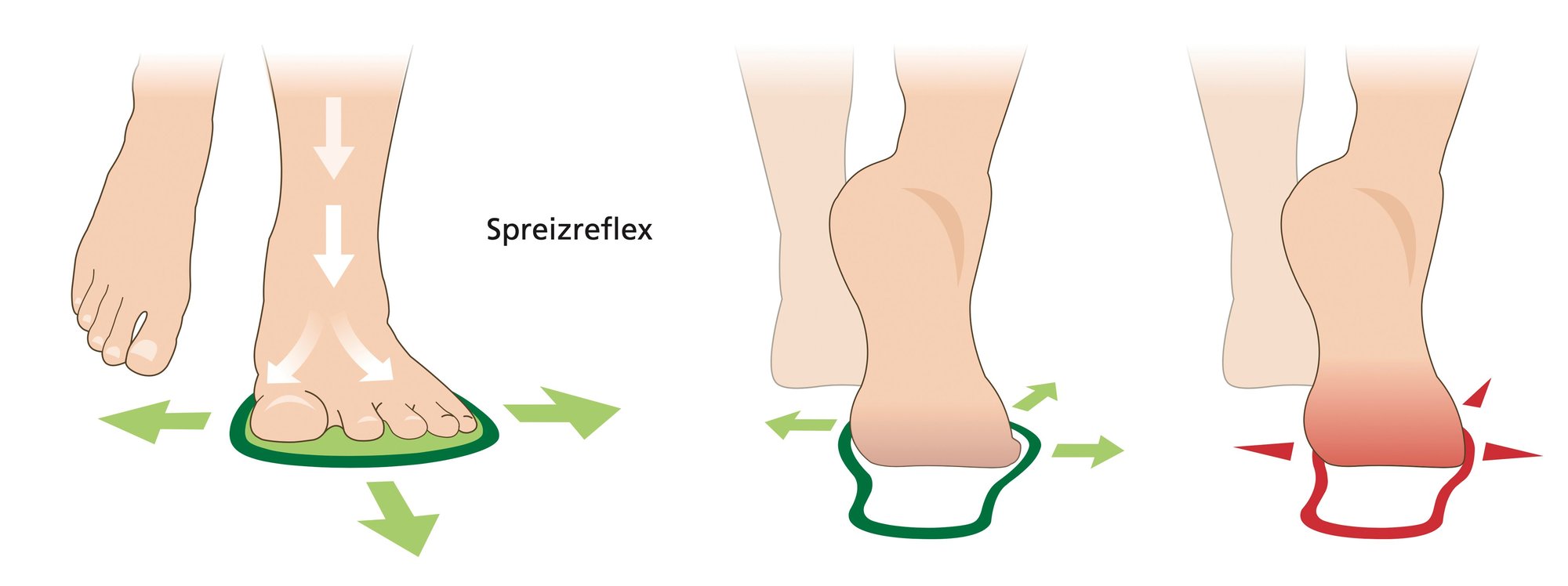
Musculoskeletal system, joints, muscles and fasciae
Hiking and walking not only puts strain on the feet, but also on the entire musculoskeletal system.
Incorrect loads are caused in particular by insufficient support in the shoe, e.g. when the foot slips forward, the toes are painfully compressed or the toes do not have enough space available and are therefore not given any 'freedom'. Overloading also occurs when the foot cannot move naturally with the shoe, for example due to a heel that is too square or a lack of support and centering of the heel.
The increased muscle work caused by incorrect loading leads to overloading and then to overloading of the myofascial system and the joints in the knee and hip. As a result, pain often occurs on the outside of the knee or around the kneecap. Pain can also occur on the outside of the hip.
Bär therefore offers you a wide range of products from which you can choose the shoe best suited to your foot.
Bär trekking and hiking shoes are equipped with a good footbed, which is based on a 'normal foot' in a ready-made shoe. However, you can easily remove the insole from a Bär shoe. The possibility of individualizing a shoe in this way is also the subject of the quality certification of Bär shoes. The prefabricated footbed can be replaced by an individual orthopaedic insole if this is necessary to provide even better protection against incorrect loading and to make walking more comfortable. To try on or have a customized insole made, please not only take your shoe with you, but also put on the socks you like to wear when walking.
Clothing
Look for clothing that can be adapted to the often rapid changes in the weather in spring. It is important that perspiration is wicked away to the outside, that heat does not build up and that the body is protected against the often still cold draughts. Functional clothing with vapor-permeable ('breathable') membranes is helpful. The clothing should not restrict your movements.
In addition to the right equipment, you should also adapt your exertion when hiking, walking and trekking to your fitness level. This will also help you to avoid strain and pain.
Fitness
After the mostly sedentary winter months, choose the right length of hiking or walking route for you and take into account the differences in altitude to be overcome. Start with walks lasting 1 to 2 hours and gradually increase the walking time and the distances to be covered.
Don't forget to take enough water with you. During physical exertion, the process of dehydration takes place quickly and performance decreases. Water or a drink that keeps the electrolyte balance in the right equilibrium should therefore not be missing on the way.
Always pay attention to the pace at which you feel active and comfortable when hiking and that you don't become short of breath.
If you want to take a closer look at your fitness and exertion, measure your heart rate. It is a continuously measurable value that allows you to draw reliable conclusions about your fitness and how it is changing. You can measure your heart rate with a heart rate monitor or manually by placing two fingers on the pulse artery on your wrist. Count the heartbeats within 15 seconds and multiply the value by 4.
If you are healthy, you can assign your measured values to 'Stable health', 'Active fat metabolism' and 'Improved fitness' according to your age using the following table. The table is based on empirical values and rules of thumb from healthy people and contains guide values for heart rate in the three categories mentioned.
If your values are above the values given for your age and training level, you should reduce your exertion by reducing your walking speed or choosing less steep routes.
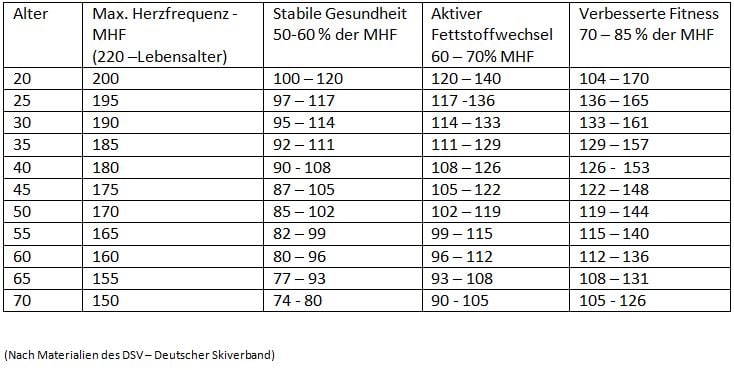
Also remember: every heart beats individually and not every day is equally efficient. 'Guide values' can only ever be recommendations. Your personal well-being is the most important thing!
Now you are well prepared and nothing stands in the way of experiencing the wind, sun, fresh greenery and delicate flowers. Even a few drops of rain won't spoil your hiking fun
